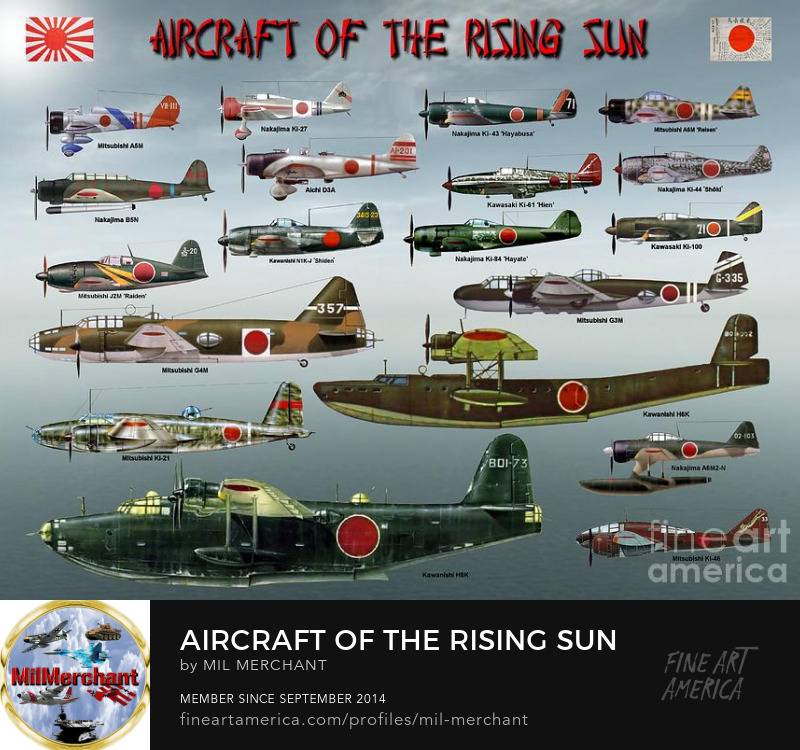 Mitsubishi Ki-21 Mitsubishi Ki-21
The Mitsubishi Ki-21 ("Type 97 Heavy Bomber") (Allied designation 'Sally') was a Japanese twin engined bomber used by the Imperial Japanese Army Air Service (IJAAS) during World War II. It began operations during the Second Sino-Japanese War participating in the Nomonhan Incident, and in the first stages of the Pacific War, including the Phillipines, Malayan, Burmese, Dutch East Indies and New Guinea Campaigns. It was also used to as a long range bomber to attack targets as deep in western China, India and northern Australia.
Development
On 15 February 1936 the Japanese Army issued a specification for a new heavy bomber to replace the Army Type 92 Heavy Bomber (Mitsubishi Ki-20) and Army Type 93 Heavy Bomber (Mitsubishi Ki-1). Defensive armament was to consist of three flexibly mounted machine guns, and the aircraft was to be powered by either the 850hp Nakajima Ha-5 or Mitsubishi Ha-6. The aircraft was to carry a crew of four with space for two more. It was to have a top speed of 400 km/h (250 mph), endurance of at least five hours, and a bomb load of 750 kg (1,650 lb). Both Mitsubishi and Nakajima were asked to build two prototypes each. In the resulting competition Mitsubishi's Ki-21 and Nakajima's Ki-19 were found to be similar, with the Ki-21 having better performance while the Nakajima design was a better bombing platform and had more reliable engines. A second prototype of each was ordered with revised engines, including swapping engines were ordered for further evaluations and the modified Ki-21 proved superior, and was ordered into production as the 'Army Type 97 Heavy Bomber Model 1A', in November 1937. Back to Top
In Action
Front line units from mid-1940 were equipped with the Ki-21-IIa variant with the more powerful 1,118 kW (1,500 hp) Mitsubishi Ha-101 air-cooled engines and larger horizontal tail surfaces. This became the main version operated by most IJAAS heavy bomber squadrons at the beginning of the Pacific War, and played a major role in many early campaigns. With the outbreak of war, operations over the Philippines for the IJAAS, were the 5th, 14th and 62nd Kokutai(Air Groups), based in Taiwan, who attacked American targets at Aparri, Tuguegarao, Vigan and other targets in Luzon on 8 December 1941. On 20 December the Ki-21 clashed with P-40s of the American Volunteer Group over Kumming, while on 23 December they faced a mix of RAF F2A 'Buffaloes' from No.67 Squadron and aircraft from the A.V.G. during raids on Rangoon and Mingaladon where twenty Ki-21s were shot down at a cost of two Allied pilots. The 3rd, 12th, 60th and 98th Kokutai, based in French Indochina, struck British and Australian targets in Thailand and Malaya, bombing Alor Star, Sungai Petani and Butterworth under escort by Nakajima Ki-27 and Ki-43 fighters. However, starting from operations over Burma in December 1941 and early 1942, the Ki-21 began to suffer heavy casualties from the A.V.G. Curtiss P-40s and RAF Hawker Hurricanes. The Ki-21 was used during the series of Japanese bombing raids on Calcutta in December 1943, where it suffered heavily losses.
Back to Top
Further revisions of defensive armament were made, the Ki-21-IIb replacing the dorsal gun position by a manually operated gun turret containing one 12.7 mm (0.50 in) machine-gun, and this version also introduced redesigned cockpit canopies and individual engine exhaust stacks to give some thrust augmentation. During the Lae campaign, the IJAAS experimented with the use of the Ki-21 as a PT boat hunter, in an attempt to protect their barge traffic from Rabaul to New Guinea, which proved unsuccessful. With better equiped Allied aircraft, the Ki-21 suffered increasingly heavy losses and due to the lack of a suitable replacement meant that the Ki-21 remained in front line service in large numbers until well into 1944. With the arrival of the Mitsubishi Ki-67 'Hiryu', the Ki-21 was quickly withdrawn from front line operations, as the Ki-67 was a better replacement aircraft. Towards the end of the war, remaining Ki-21s were used by Giretsu Special Forces in strikes against American forces in Okinawa and the Ryukyu Islands. One of the noted operations was an attack on the Allied-held Yontan airfield and Kadena airfield on the night of 24 May 1945. In spite of its shortcomings, the Ki-21 remained in service until the end of the war, being utilized as transport (along with the civil transport version MC-21), bomber crew and paratrooper trainer, for liaison and communications, special commando and secret missions, and kamikaze operations.
Production of the Ki-21 ended in September 1944. A total of 2,064 aircraft were built, 1,713 by Mitsubishi and 351 by Nakajima.
Back to Top
|
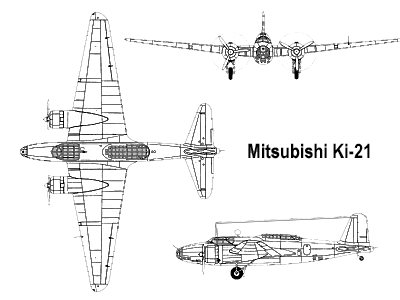 Mitsubishi Ki-21 3 View
Mitsubishi Ki-21 3 View
 Mitsubishi Ki-21 Cutaway
Mitsubishi Ki-21 Cutaway
Specifications(Ki-21-IIb):
Country of Origin: Japan
Crew: 5-7
Length: 16.0 m (52 ft 6 in)
Wingspan: 22.50 m (73 ft 10 in)
Height: 4.85 m (15 ft 11 in)
Weight: 6,070 kg (13,354 lb) Loaded: 10,600 kg (23,320 lb)
Powerplant: 2 × Mitsubishi Army Type 100 (Ha-101)(Mitsubishi Kasei)
14 cylinder radial engine, 1,119 kW (1,500 hp) each
Performance:
Maximum speed: 485 km/h (301 mph) at 4,700 m (15,400 ft)
Range: 2,700 km (1,680 mi)
Service ceiling: 10,000 m (32,800 ft)
Rate of climb: 13 min 13 sec to 6,000 m (19,680 ft)
Armament:-
Guns: 4× 7.7 mm (.303 in) flexible Type 89 machine guns in nose, ventral, beam tail
and 1× 12.7 mm (.50 in) Type 1 Machine Gun in dorsal turret
Bombs: 1,000 kg (2,200 lb) of bombs
|
|
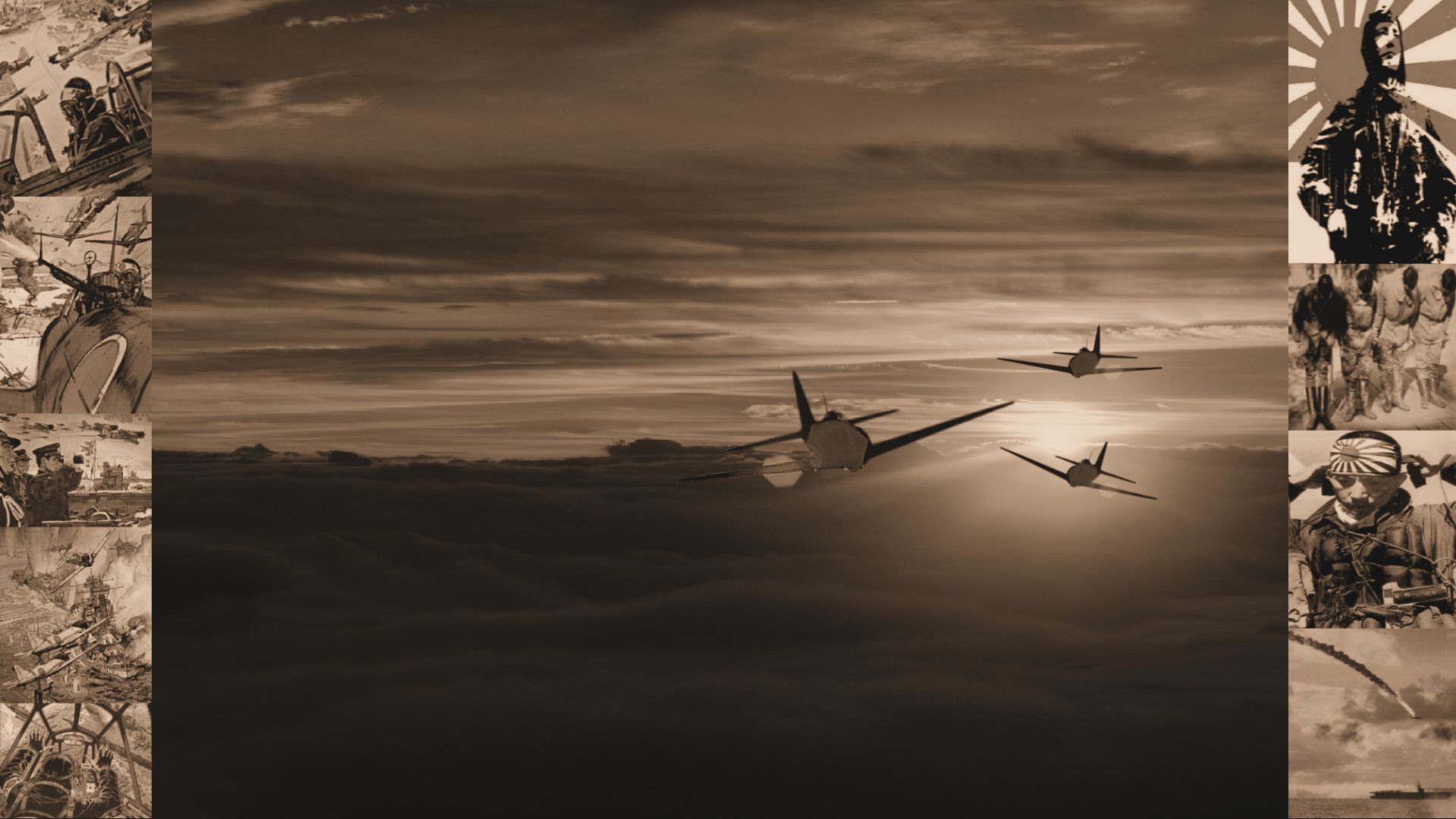



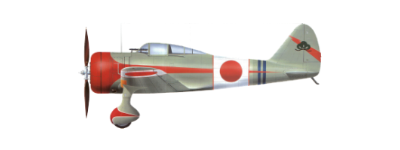 Ki-27
Ki-27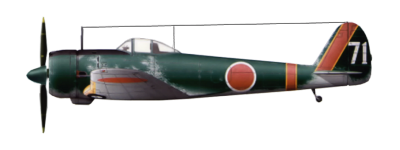 Ki-43 Hayabusa
Ki-43 Hayabusa Ki-44 Shoki
Ki-44 Shoki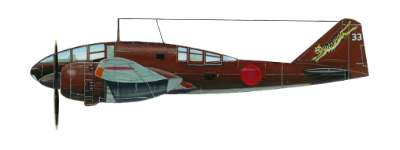 Ki-46
Ki-46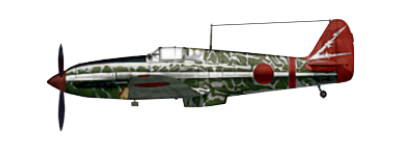 Ki-61 Hien
Ki-61 Hien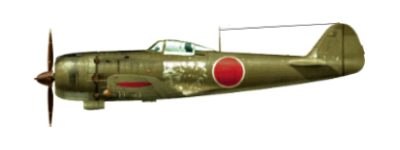 Ki-84 Hayate
Ki-84 Hayate Ki-67 Hiryu
Ki-67 Hiryu
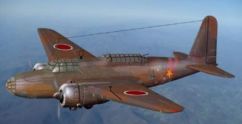


 Mitsubishi Ki-21
Mitsubishi Ki-21

